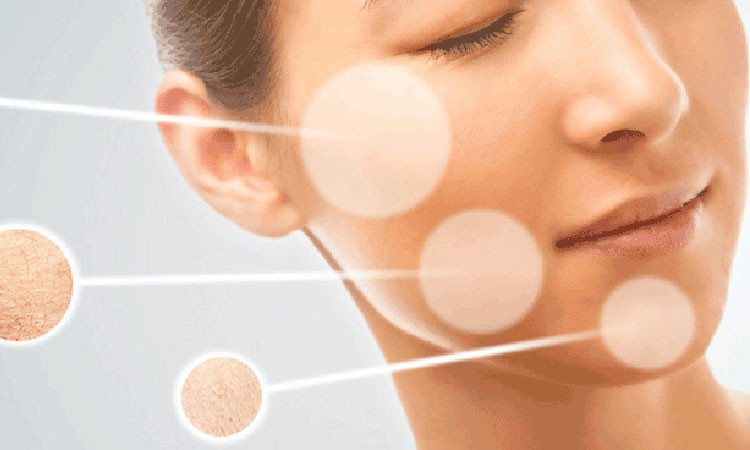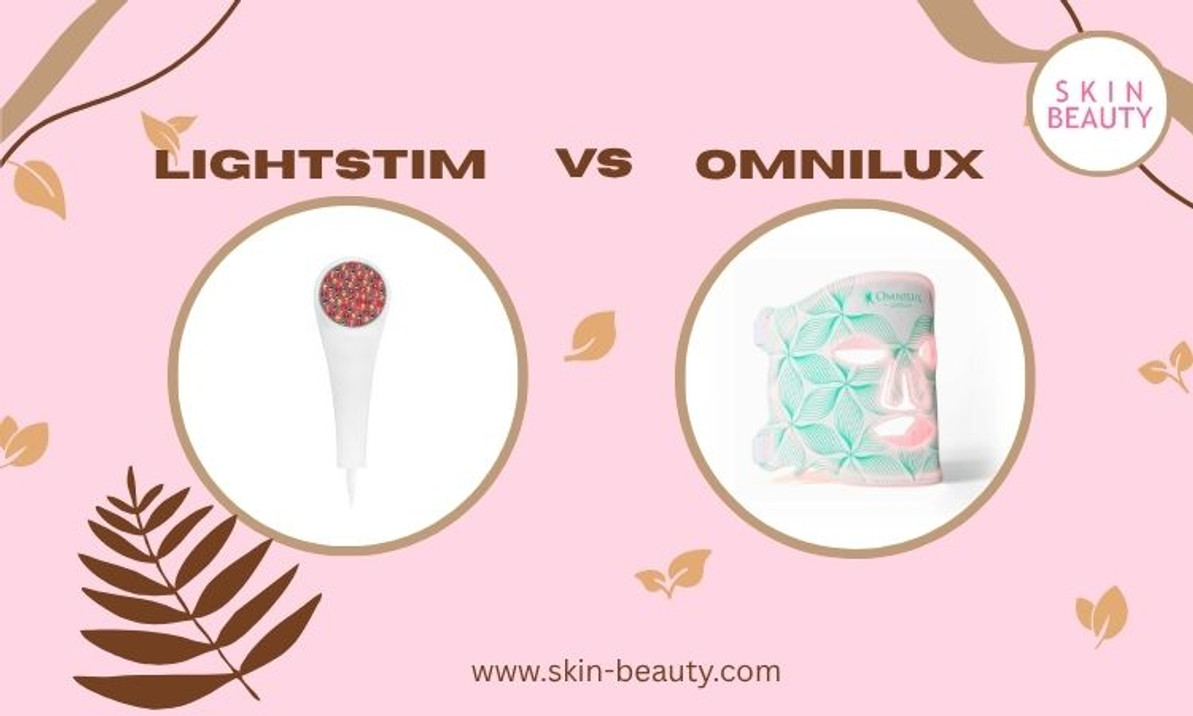Skin Bumps: Keratosis pilaris
What is Keratosis Pilaris?
Keratosis pilaris is a harmless skin condition that affects adults and teens. These tiny bumps or pimples are actually dead skin cells plugging hair follicles. Keratosis pilaris causes rough, red, or tan skin ailments that are numerous around hair follicles on cheeks, upper thighs, buttocks, and arms. It isn’t contagious, and these bumps don’t usually cause any discomfort or itching. Keratosis pilaris creates the appearance of chicken skin, goose bumps, or gooseflesh.
Symptoms of keratosis pilaris
The most notable symptom of keratosis pilaris is its appearance. The affected skin usually has painless bumps and the skin is dry and rough. They typically appear on the upper arms, thighs, cheeks, buttocks, or anywhere hair follicles exist. The sandpaper-like small bumps often resemble goosebumps or the skin of a plucked chicken. Seasonal changes can cause low humidity and dry skin making keratosis pilaris worse.
Other symptoms associated with it include:
- slight pinkness or redness around bumps
- itchy, irritable skin
- dry skin
- bumps that feel like sandpaper
- bumps that can appear in different colors depending on skin tone (flesh-colored, white, red, pink, brown, or black)

Causes of keratosis pilaris
This benign skin condition is the result of a buildup of excess keratin, a hair protein, in the pores causing it to become clogged and blocking the opening of growing hair follicles. As a result, a small bump forms over where a hair should be. If you were to pick at the bump, you may notice a hair emerge.
The exact cause of keratin buildup is unknown, but doctors think it may be associated with skin conditions such as atopic dermatitis and genetic diseases.
How is keratosis pilaris diagnosed?
A dermatologist can normally diagnose keratosis pilaris by physically examining the bumps on the skin. Since the look of keratosis pilaris is easily recognized, specific lab tests aren't needed for the diagnosis.
When examined under a microscope, keratosis pilaris shows modest thickening of the outer layer of skin, rise in the granular cells of the epidermis, and plugging of different hair follicles.
Does diet have anything to do with keratosis pilaris?
A Vitamin deficiency can cause symptoms comparable to keratosis pilaris, but it is not known to cause keratosis pilaris.
Many individuals are simply more predisposed towards developing keratosis pilaris because of genetics and epidermis type.
Keratosis pilaris can also resemble uncommon skin ailments such as:
- lichen spinulosus
- pityriasis rubra pilaris
- phrynoderma
- ulerythema ophryogenes
- ichthyosis vulgaris
- eruptive vellus hair cysts
- keratosis follicularis
- Kyrle disease
- lichen nitidus
- lichen spinulosus
- perforating folliculitis
- trichostasis spinulosa


How is keratosis pilaris treated?
Although keratosis pilaris is not preventable, there are many treatment options and gentle skin care routines available to relieve symptoms.
Using lactic acid lotions, alpha hydroxy acid lotions, urea cream, salicylic acid, and topical steroid creams can help remove dead skin cells. A dermatologist may sometime prescribe medicated creams if over-the-counter products don't help with treating keratosis pilaris.
Exuviance Retexturing Treatment may help with management of keratosis pilaris
Recent Posts
-
Hyaluronic Acid Injections
Hyaluronic Acid Injections: What to Know & Non-Invasive Alternatives That Actually Work In the p …Jun 17th 2025 -
Kojic Acid Creams
My Kojic Acid Journey: How One Ingredient Transformed My Skin (And the Best Kojic Acid Creams to Try …Jun 11th 2025 -
LightStim vs. Omnilux
LightStim vs. Omnilux: My Real LED Skincare Results & Which One I Recommend LED light therapy&nb …Jun 3rd 2025





